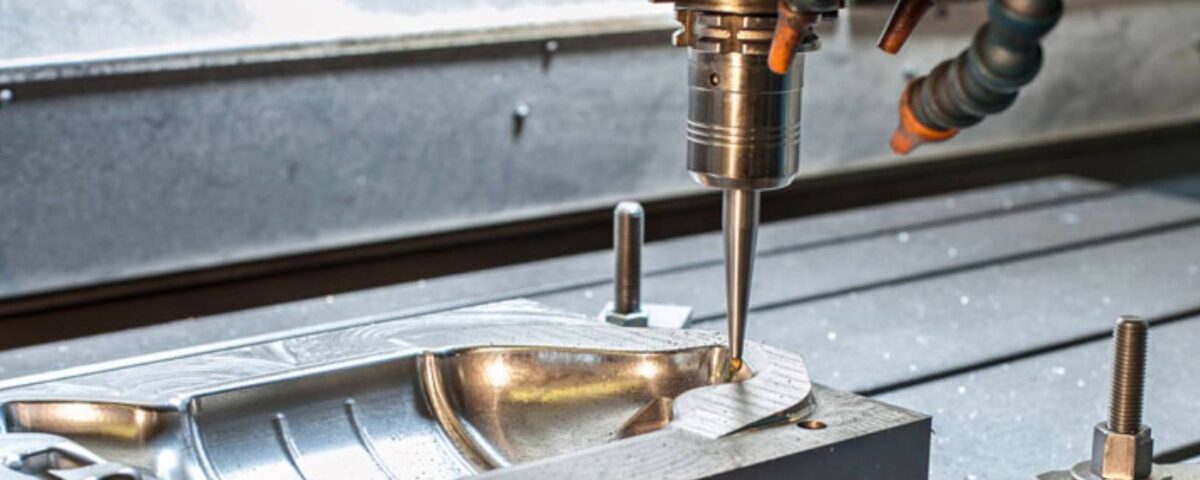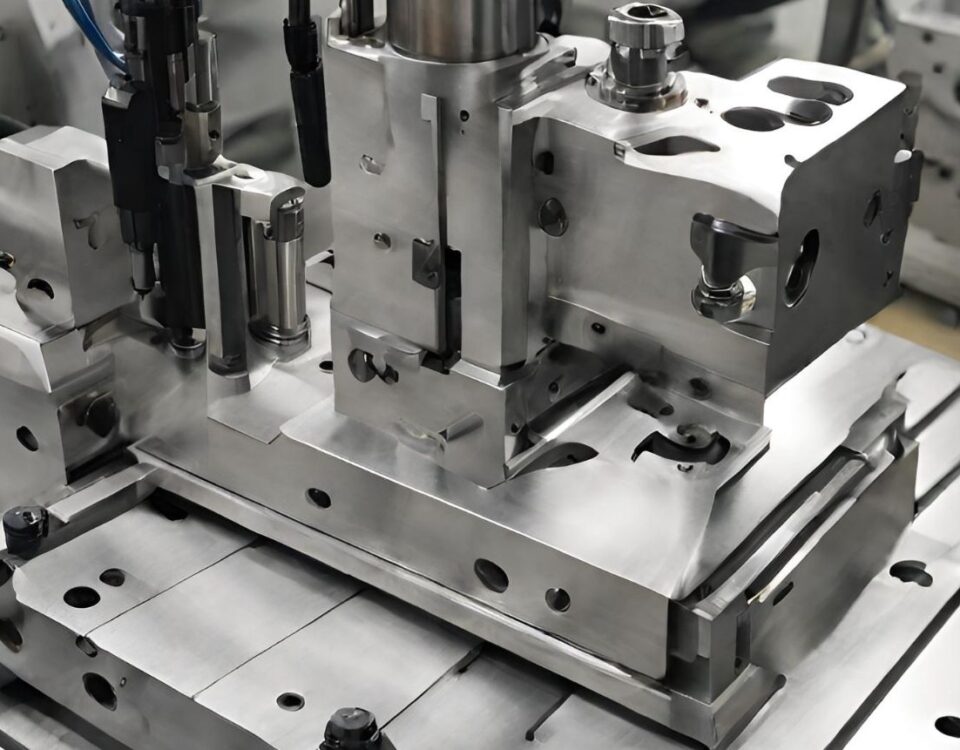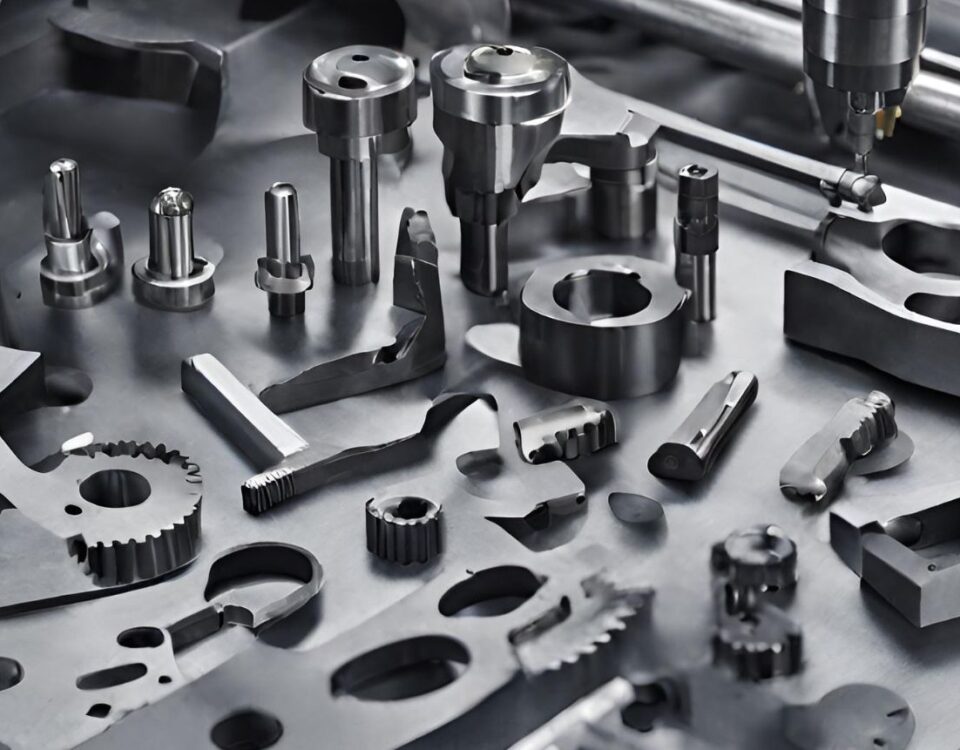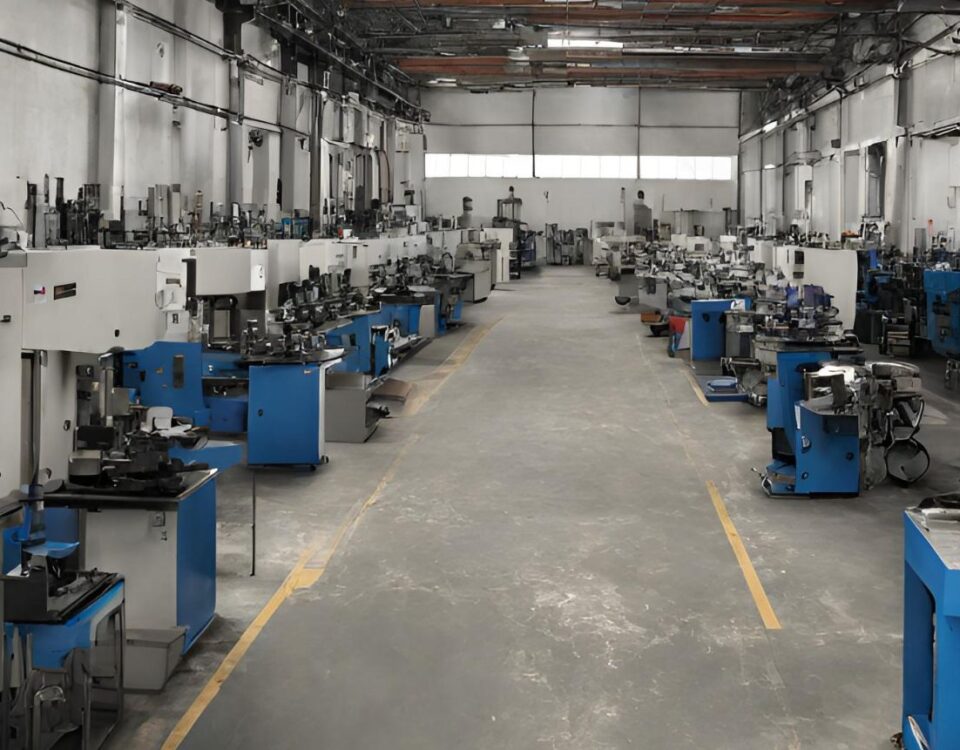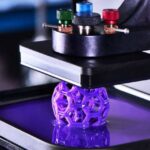
Describe 3D Printing services and The Way to Begin
2 November 2023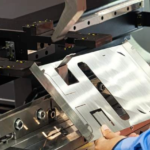
How to Custom Sheet Metal Fabrication
7 November 2023WHAT IS ALUMINUM DIE CASTING?
Aluminum die casting is a manufacturing process in which molten aluminum is injected into a mold cavity under high pressure. The molten aluminum solidifies quickly, taking the shape of the mold, and then the mold is opened to remove the solidified aluminum part. This process is commonly used to produce complex, intricate, and lightweight metal parts with high precision and dimensional accuracy.
Die casting offers several advantages, such as the ability to produce parts with tight tolerances, excellent surface finish, and high production rates. It is widely used in various industries, including automotive, aerospace, electronics, and consumer goods, where lightweight yet durable components are required.
The process involves several steps, including mold preparation, melting and injecting the aluminum, cooling and solidification, mold opening, and part ejection. Specialized equipment, such as die-casting machines and molds, are used to carry out the process efficiently.
Aluminum die casting provides numerous benefits, including cost-effectiveness, design flexibility, and the ability to create complex shapes and thin-walled structures. It is a popular choice for manufacturing a wide range of components, from small, intricate parts to larger structural components.
THE ALUMINUM DIE CASTING PROCESS
A steel mold that can quickly produce tens of thousands of castings is used in the casting process. To allow casting removal, the die needs to be constructed in a minimum of two sections. The die-casting press clamps the two die halves firmly together to start the casting cycle. Aluminum molten is injected into the die cavity and quickly solidifies. These parts are arranged with one stationary and the other movable, and they are mounted firmly in a machine. The casting is ejected after the die halves are pulled apart. Depending on the complexity of the casting, die-casting dies can be simple or complex, with movable slides, cores, or other sections. The majority of machines have locking mechanisms that are driven by hydraulic cylinders. Direct-acting hydraulic pressure is used by others. Large or small, die-casting machines are fundamentally different only in the way that molten metal is injected into the die.
WHAT ARE THE ADVANTAGES OF ALUMINUM DIE CASTING?
Aluminum die casting offers several advantages that make it a preferred manufacturing process for many industries. Here are the key advantages of aluminum die casting:
-
Lightweight: Aluminum has a low density, making die-cast aluminum parts lightweight yet strong. This makes it ideal for applications where weight reduction is crucial, such as in the automotive and aerospace industries.
-
Complex Geometries: Die casting allows for the production of intricate and complex shapes with high dimensional accuracy. It can create parts with thin walls, fine details, and complex internal features that may be challenging to achieve with other manufacturing processes.
-
High Strength: Aluminum die-cast parts exhibit excellent mechanical properties, providing high strength and durability. They can withstand demanding operating conditions and offer good resistance to corrosion.
-
Cost-effective: Die casting is a highly efficient process that enables high-volume production with short cycle times. It reduces material waste and requires minimal secondary operations, resulting in cost savings compared to other manufacturing methods.
-
Surface Finish: Aluminum die-cast parts have a smooth and aesthetically pleasing surface finish. They require minimal post-processing or finishing, reducing additional costs and lead times.
-
Thermal Conductivity: Aluminum has excellent thermal conductivity properties, making die-cast aluminum parts suitable for applications that require efficient heat dissipation, such as electronic devices and heat sinks.
-
Recyclability: Aluminum is a highly recyclable material, and die casting allows for the efficient recycling and reuse of scrap materials, reducing environmental impact and promoting sustainability.
-
Design Flexibility: Die casting offers design flexibility, allowing for the integration of multiple features into a single part. It enables the production of complex assemblies and reduces the need for joining or assembly operations.
These advantages make aluminum die casting a versatile and cost-effective manufacturing process for a wide range of industries, including automotive, aerospace, electronics, and consumer goods.
CONCLUSION
Aluminum die casting is a highly efficient manufacturing process that involves injecting molten aluminum into a mold cavity under high pressure to produce complex, lightweight, and precise parts. With advantages such as lightweight yet strong components, the ability to create intricate geometries, cost-effectiveness, excellent surface finish, and recyclability, aluminum die casting is widely used in various industries. It offers design flexibility, high strength, and thermal conductivity, making it a preferred choice for producing a wide range of components with exceptional quality and performance.

